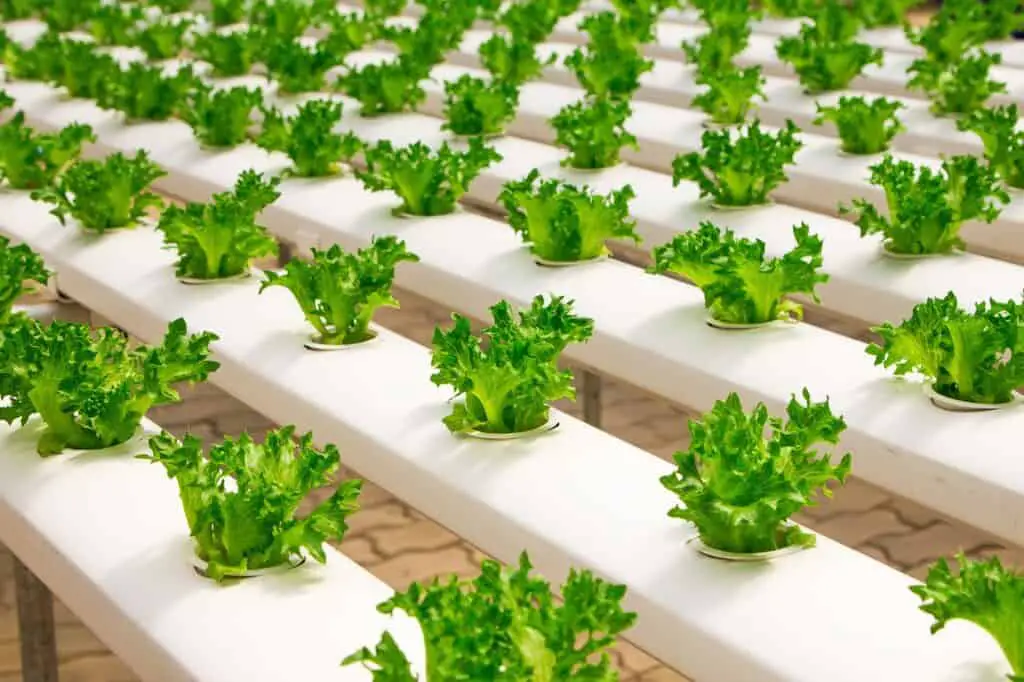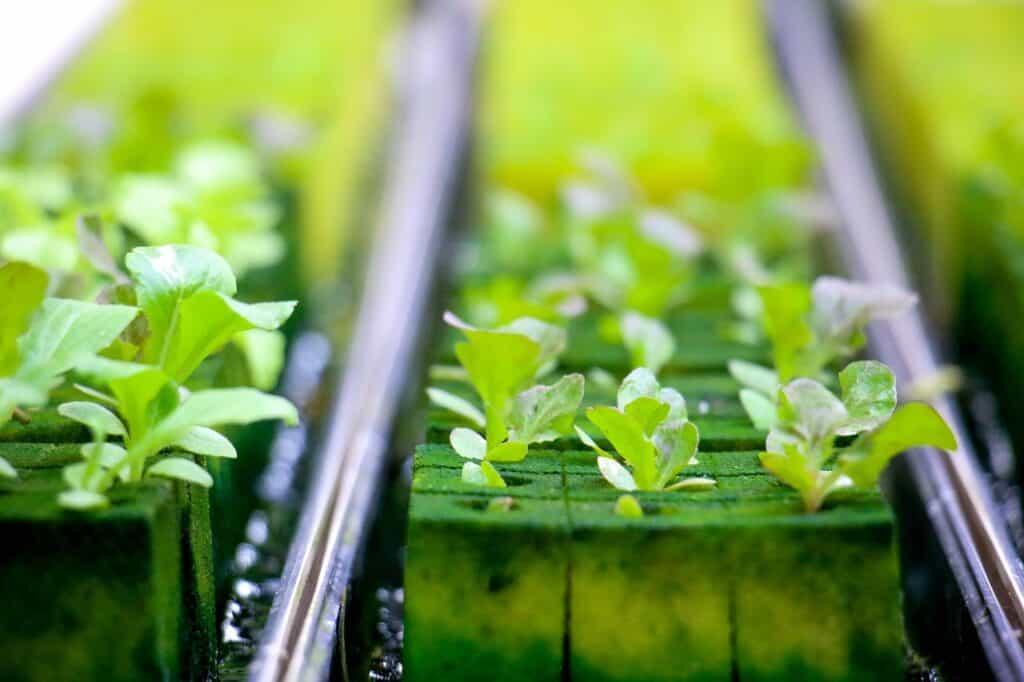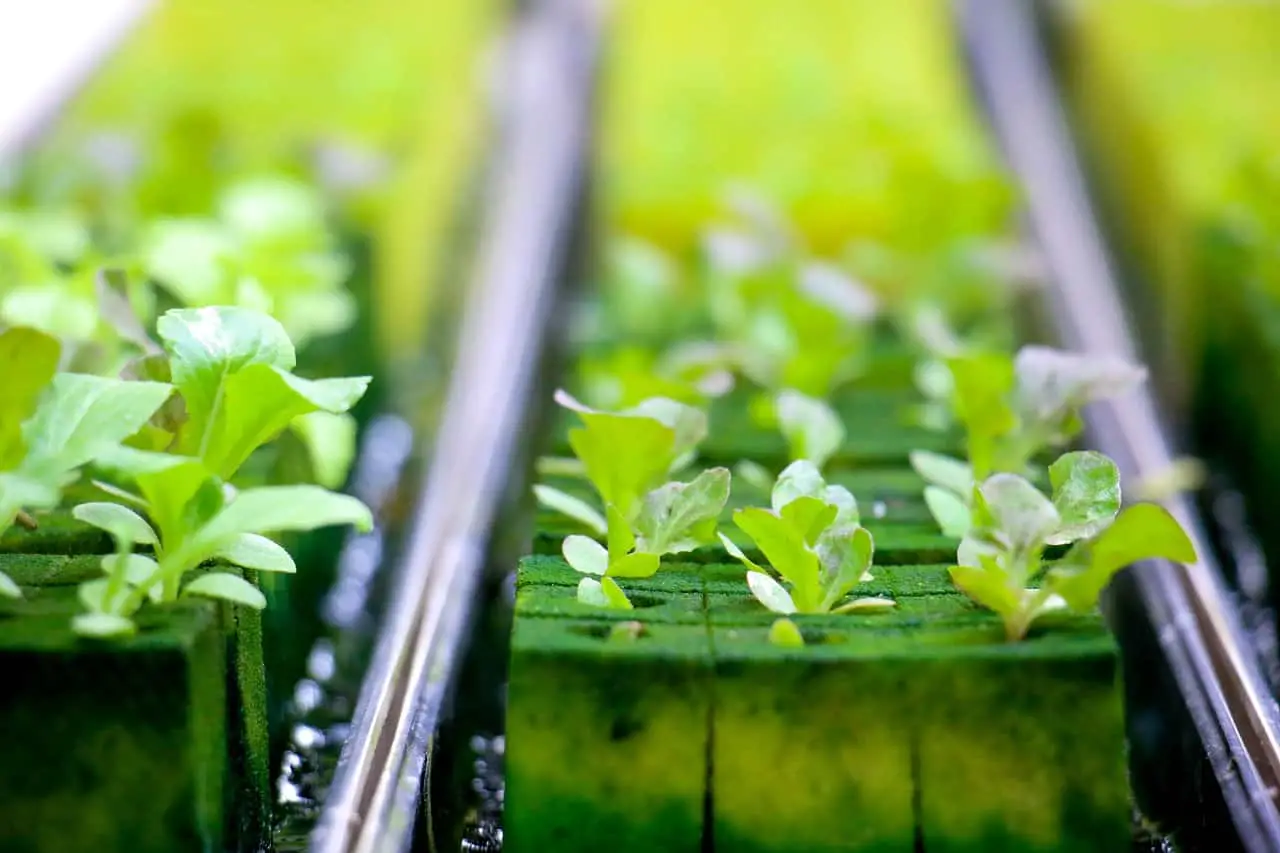In conventional gardening, plants derive their nutrients from nutrient-rich soil, but the fascinating alternative of growing plants in water has gained popularity. Whether dealing with houseplants, outdoor greenery, or cultivating an indoor herb garden, the prospect of growing plants in water offers an engaging activity, particularly suited for novice gardeners, children, those with limited space, or individuals facing challenges in consistent plant watering. This method, akin to hydroponic farming when applied commercially, presents a low-maintenance, disease-resistant, and pest-resistant approach to plant cultivation.
Growing Plants in Water Without Soil
While soil typically provides crucial elements like drainage, aeration, support, and nutrition, growing plants in water, often as a means of propagation using cuttings, has become a popular practice. Some plants can thrive solely in water, with hydroponic farming employing a specific water-to-nutrient cocktail for commercial purposes. Although this method may be slower than soil-based planting, it ensures the longevity of your indoor water garden.

How to Propagate Plants in Water
Propagation through water involves taking cuttings that can develop roots while submerged. To initiate this process, cut a 3-4 inch (8-10 cm) stem from the parent plant, ensuring at least one node and some leaves remain. Place the cutting in a clean container filled with fresh tap water, avoiding submersion of leaves. Position the container in bright, indirect sunlight at a room temperature of around 70°F (21°C). Change the water at least twice a week, and when roots reach an inch or two (2.5 or 5 cm), transplant the cutting into a well-draining planting medium.
Plants Grown in Water vs. Soil
Plants require light, nutrients, support, consistent temperatures, water, and oxygen. Growing plants in water satisfies these needs, with the water container providing support and liquid fertilizer serving as nutrients. Indoor plants benefit from a more stable temperature when grown in water. Whether using cuttings or soil-rooted plants, ensure the roots are free of dirt before submerging them.
Caring for Plants Growing in Water
Containers
Choose any waterproof container, from vases to glass jars. Clear or colored glass not only looks aesthetically pleasing but allows easy monitoring of the root system and water cleanliness. Avoid containers made of copper, brass, or lead, as these metals may corrode and cause plant damage.
How to Start
Fill the chosen container three-quarters full with materials like florist’s foam, crumbled Styrofoam, gravel, pearl chips, pebbles, sand, marbles, or beads. Add a pinch of powdered or small pieces of charcoal to keep the water clear and fresh-smelling.
Light
Select low-light plants for water growth, positioning them in bright indirect light. Dark or opaque containers prevent algae formation. If algae appear, remove the plant, clean the container thoroughly, and replace the water and plant.

Algae and Fertilizer
Change the water every 2 to 4 weeks and fertilize the plant every 4 to 6 weeks using liquid fertilizer or hydroponic plant formula. Follow the manufacturer’s instructions.
Type of Water to Use
Rainwater is an excellent choice, and bottled water is suitable if not too low in minerals. Tap water is generally acceptable but may require dechlorination if high in chlorine or chloramine. Avoid well water and reverse osmosis water, as they may lack essential nutrients.
Good Plants To Grow in Water
Experiment with various plants to find what thrives in water. Some successful options include Arrowhead, Begonia, Chinese Evergreen, Coleus, English Ivy, Geranium, Peace Lily, Pothos, and Wax Plant, among others. Hanging or creeping plants, such as vines, are often the easiest to root in a water environment.

